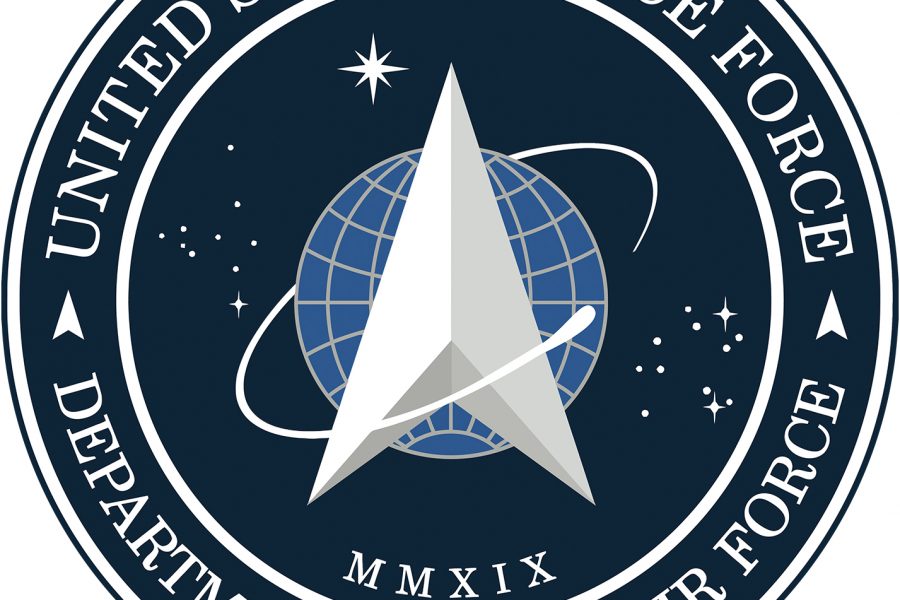The Space Force is seeking an additional $832 million to protect existing assets, make its space architecture more resilient, better train Guardians as warfighters, and support new missions, according to the service’s unfunded priorities list submitted to Congress.
The list details priorities not funded by the Space Force’s $17.4 billion budget request for 2022 and is in addition to $4.2 billion in Air Force unfunded priorities. This is the first year the Space Force has submitted its own UPL—last year the Department of the Air Force requested $4.2 billion, of which $3.2 billion was for the Air Force and $1 billion was for the fledging Space Force.
This year’s Space Force list includes $225 million “to protect and sustain what we have today,” including $122 million in weapons system sustainment to bring it up to a “moderate risk” at 83 percent funded, according to the UPL.
It also includes $66 million to fix space facilities and infrastructure.
“Resilient and ‘right‐sized’ infrastructure is needed to effectively deliver capability to support the current and emerging contested space domain,” states the service’s UPL. The funding would address “critical blast door, water, ventilation, and sewer improvements at the Cheyenne Mountain Complex in Colorado.”
More than half of the additional funding the Space Force wants—$431 million—is for developing a “warfighting punch.” It aims to invest $279 million in five classified programs for which no additional information was available, and $86 million to accelerate development of a unique Space Force professional military education program for 100 resident and 3,000 online students annually by fiscal 2023. Included in this training would be a new digital test prototype, undergraduate space training, and advanced warfighter courses, according to the unfunded priority list documents obtained by Air Force Magazine.
The Space Force also wants an additional $33.3 million to buy “Space Test and Training Range and Advanced Threat Simulation Environment support” and to “deliver multi-domain range integration of space, cyber, and air to the warfighter … and develop realistic network emulators and range control.” Another $1.8 million would modernize its space aggressor equipment to realistically replicate threats.
The Space Force is also asking for $113 million to “grow new missions,” including $28 million to expand the Blackjack radio frequency payloads for tactical surveillance, $70 million to accelerate an Air Force Research Laboratory program for cislunar operations and deep space domain awareness, $8 million to develop a Long Duration Propulsive EELV Secondary Payload Adapter, and $7 million to operationalize the Air Force Maui Optical and Supercomputing Observatory.
The Blackjack RF payload supports tactical surveillance, air domain awareness, and threat assessment for Air Combat Command. “Funding supports completion of nonrecurring engineering, initial hardware delivery, data processing, and space vehicle integration required to demonstrate on-orbit capability,” states the document. “If approved, funding would be applied to DARPA Blackjack contracts within one to two months. Space-to-surface ISR capability demonstration would occur in FY22/23 and will inform investment decisions by the Air Force and Space Force.”
And finally, the Space Force wants $63 million to help it build more resilient architectures, including fixing procurement for space-rated crypto devices that support satellite launches and systems, such as GPS III, the Wideband Global Satellite Communications system, and next-generation space-based missile warning systems.
